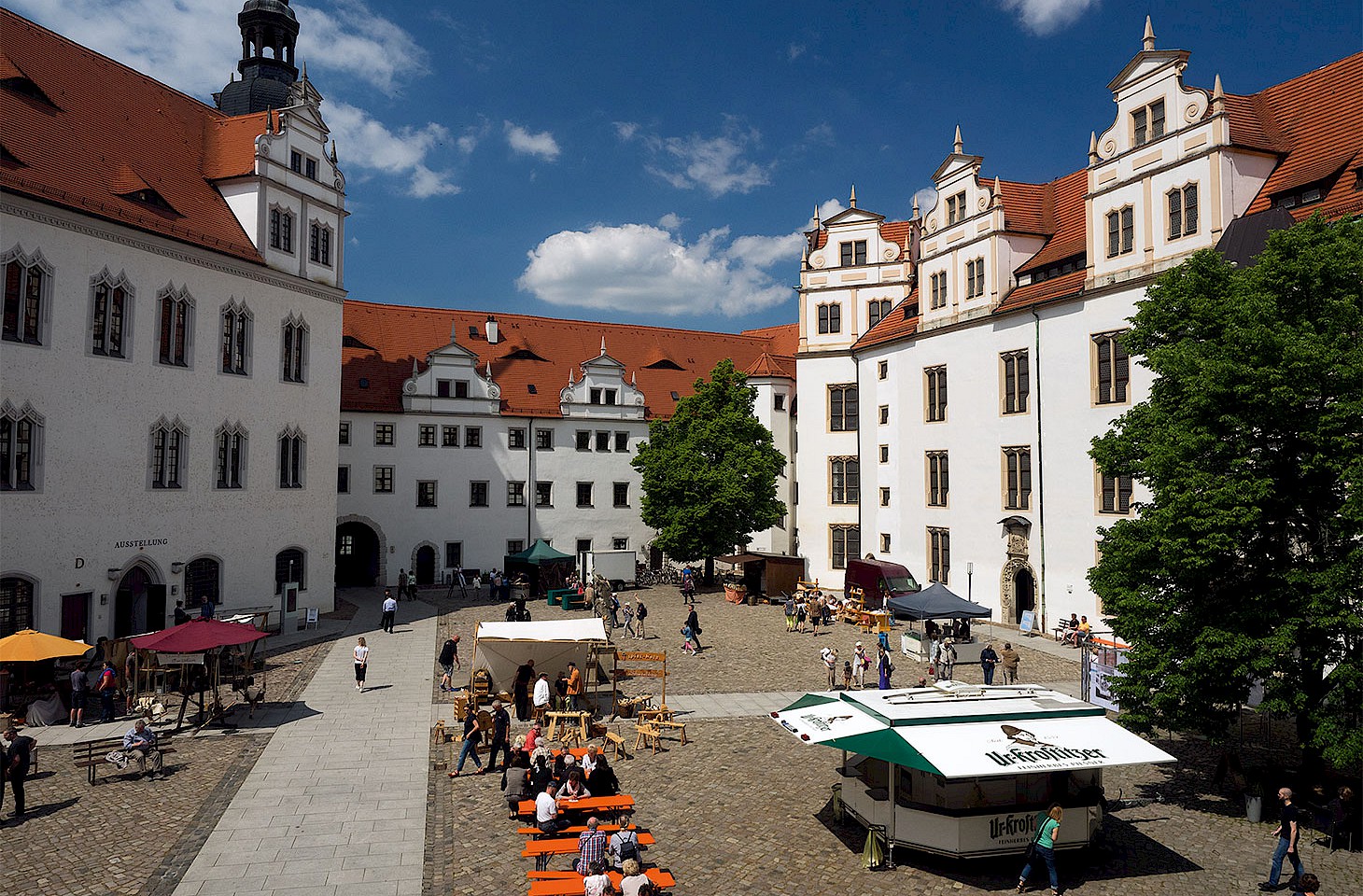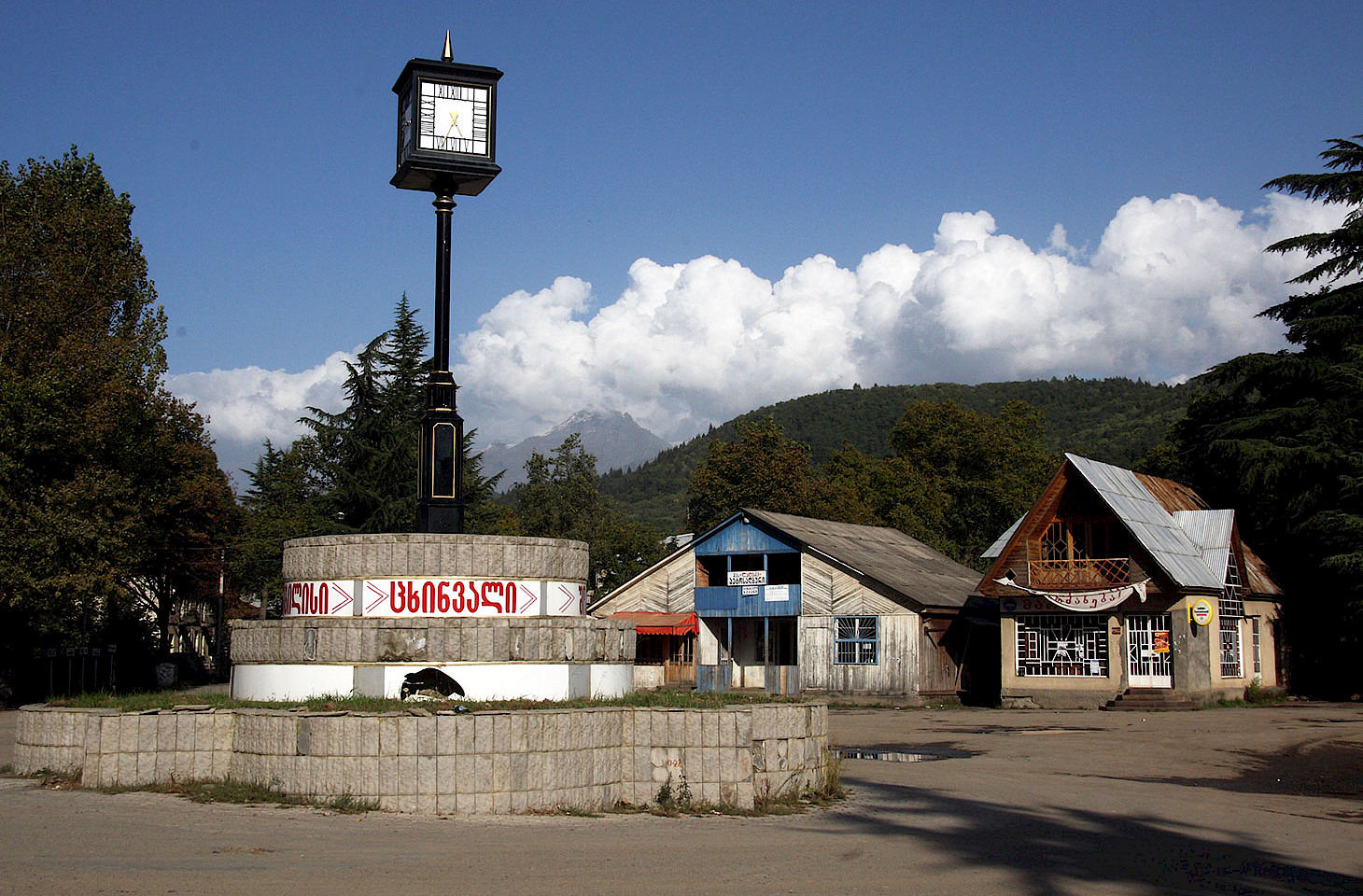Dear fellow travellers
If you have ever travelled extensively through continental Europe, you will surely have noticed chalk inscriptions on door lintels. You will run across them from Silesia to the Tyrol, from Alsace to Bohemia. They are common on hotels and restaurants but are also seen on many private homes. For visitors from England who know Oxford and Cambridge, these inscriptions above continental doorways will perhaps recall the practice of college rowing teams recording their triumphs on the river by making elaborate inscriptions in chalk by the doorways on college quads. Well, rowing may be a religion in Oxford and Cambridge, but it is another kind of religion which inspires the chalk inscriptions on door lintels in central Europe. These chalk marks are intimately associated with the Feast of the Epiphany, which is celebrated today (6 January).
For many west Europeans, today marks the end of the Christmas season - though purists will argue that the liturgical season of Christmas continues until Candlemas on 2 February. Further east in Europe, Old Calendarist Orthodox Christians are of course only celebrating Christmas this week. The Epiphany comes and goes without great note in some countries, evidenced in many communities only by rather depressing lines of dead Christmas trees left out in the street for collection by the municipal authorities.
But in central Europe, the Epiphany is the cue for blessing houses for the New Year. From the Baltic to the Alps, the Sternsinger (literally 'star singers' in English) are out and about today. Dressed as the biblical three kings who are said to have followed a star to Bethlehem, the star singers process from house to house performing a mediaeval liturgical drama and soliciting donations for charitable causes. Households that oblige with an offering, and many willingly do, are then blessed and an inscription is made in chalk over the lintel. This year's mark will read:
20 C+M+B 10
The mark thus includes the year and the initials of the three kings: Caspar, Melchior and Balthasar. The same three letters also recall the Catholic blessing 'Christus mansionem benedicat' (viz. 'May Christ bless this house').
In other parts of Europe, the Epiphany is marked by some signal events. One of the most outstanding celebrations is at Piana degli Albanesi in Sicily, a small community from which we reported for hidden europe magazine in March 2005. The population of the town are descendants of Albanian settlers who moved to Sicily in the late fifteenth century.
More than five hundred years later, the town is still an intriguing outpost of Albanian life and culture. Its inhabitants are devout members of a church that, although in union with Rome, follows Greek Byzantine rites and traditions. The Epiphany is celebrated with some of the most spectacular open-air liturgical theatre that Europe has to offer, as the priests and their flock process through Piana degli Albanesi with great pomp and ceremony.
Nicky Gardner and Susanne Kries
(hidden europe)




